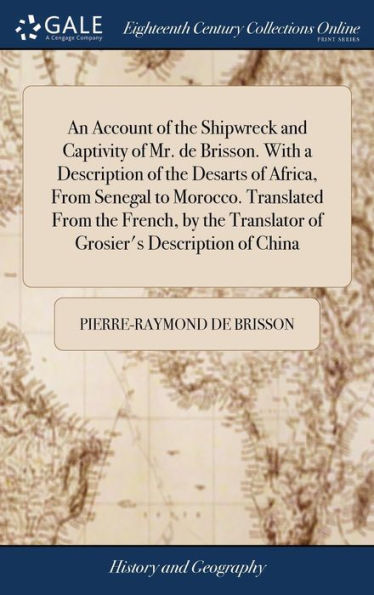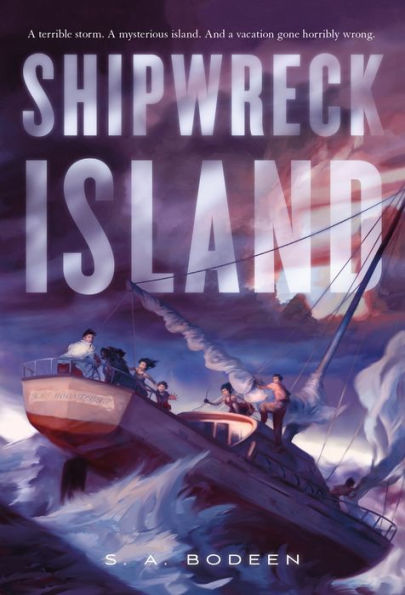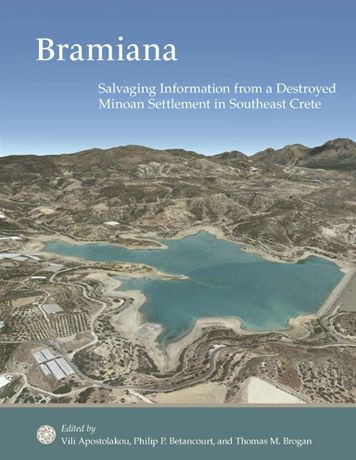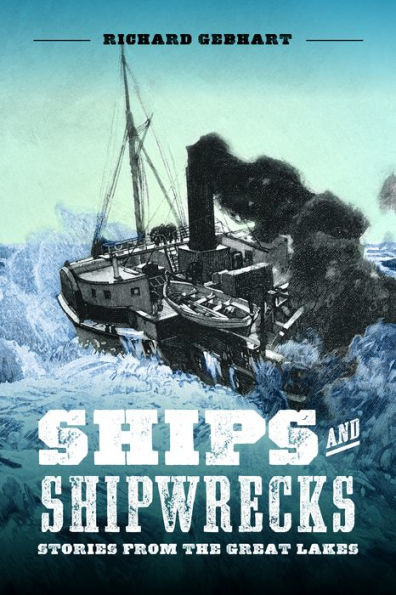Home
Shipwreck French Renaissance Writing
Barnes and Noble
Shipwreck French Renaissance Writing
Current price: $125.00


Barnes and Noble
Shipwreck French Renaissance Writing
Current price: $125.00
Size: Hardcover
Loading Inventory...
*Product information may vary - to confirm product availability, pricing, shipping and return information please contact Barnes and Noble
In the sixteenth century, a period of proliferating transatlantic travel and exploration, and, latterly, religious civil wars in France, the ship is freighted with political and religious, as well as poetic, significance; symbolism that reaches its height when shipsboth real and symbolicare threatened with disaster.
The Direful Spectacle
argues that, in the French Renaissance, shipwreck functions not only as an emblem or motif within writing, but as a part, or the whole, of a narrative, in which the dynamics of spectatorship and of co-operation are of constant concern. The possibility of ethical distance from shipwreckimagined through the Lucretian
suave mari magno
commonplaceis constantly undermined, not least through a sustained focus on the corporeal. This book examines the ways in which the ship and the body are made analogous in Renaissance shipwreck writing; bodies are described and allegorized in nautical terms, and, conversely, ships themselves become animalized and humanized. Secondly, many texts anticipate that the description of shipwreck will have an affect not only on its victims, but on those too of spectators, listeners, and readers. This insistence on the physicality of shipwreck is also reflected in the dynamic of bricolage that informs the production of shipwreck texts in the Renaissance. The dramatic potential of both the disaster and the process of rebuilding is exploited throughout the century, culminating in a shipwreck tragedy. By the late Renaissance, shipwreck is not only the end, but often forms the beginning of a story.
The Direful Spectacle
argues that, in the French Renaissance, shipwreck functions not only as an emblem or motif within writing, but as a part, or the whole, of a narrative, in which the dynamics of spectatorship and of co-operation are of constant concern. The possibility of ethical distance from shipwreckimagined through the Lucretian
suave mari magno
commonplaceis constantly undermined, not least through a sustained focus on the corporeal. This book examines the ways in which the ship and the body are made analogous in Renaissance shipwreck writing; bodies are described and allegorized in nautical terms, and, conversely, ships themselves become animalized and humanized. Secondly, many texts anticipate that the description of shipwreck will have an affect not only on its victims, but on those too of spectators, listeners, and readers. This insistence on the physicality of shipwreck is also reflected in the dynamic of bricolage that informs the production of shipwreck texts in the Renaissance. The dramatic potential of both the disaster and the process of rebuilding is exploited throughout the century, culminating in a shipwreck tragedy. By the late Renaissance, shipwreck is not only the end, but often forms the beginning of a story.


















